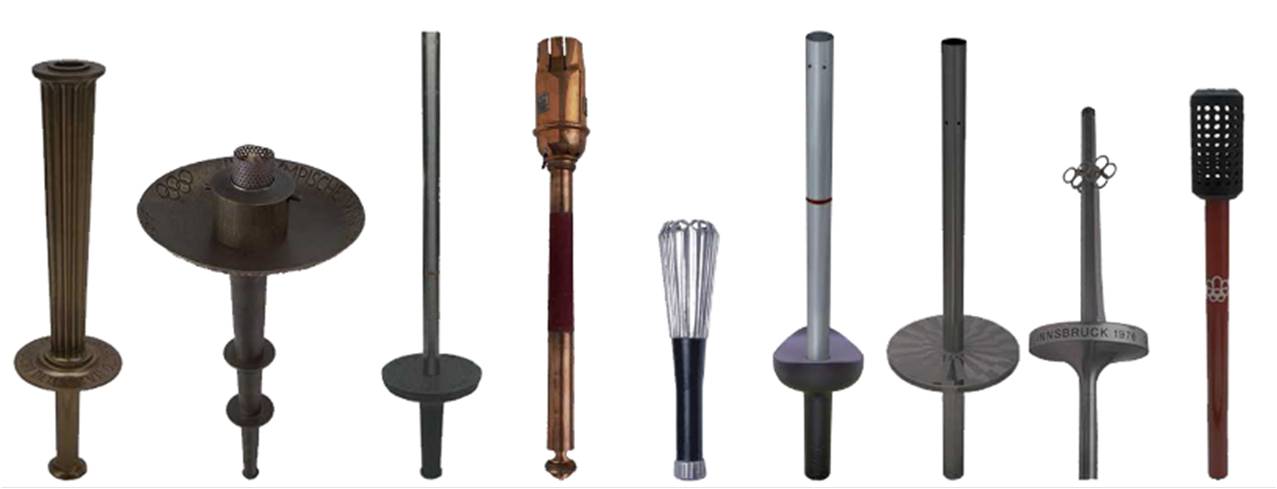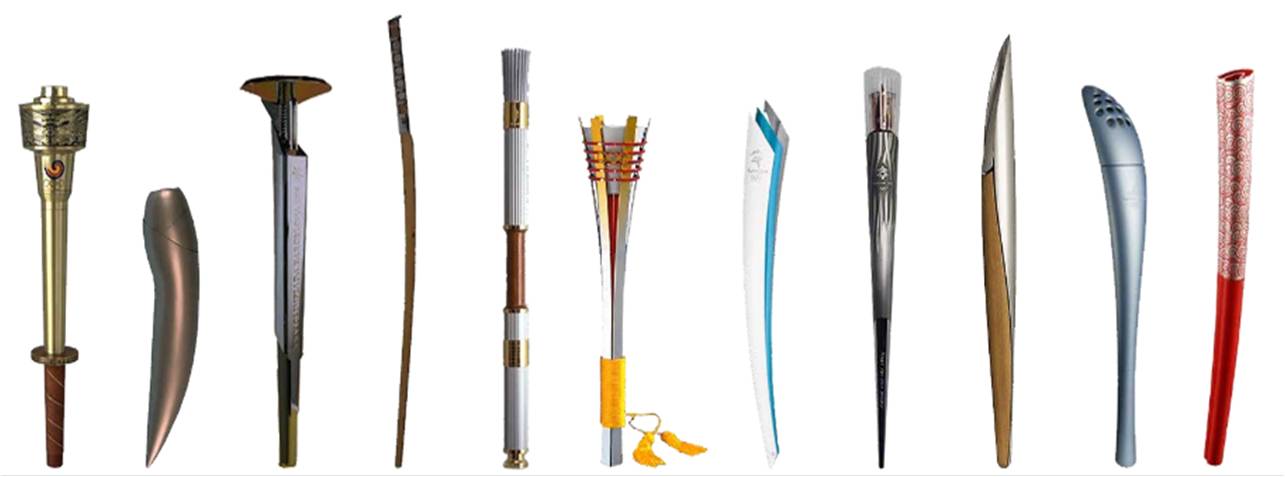Olympic Torch History
Fire is a sacred symbol in ancient time and in Greece it symbolized the creation of the world, renewal and light. It was also the sacred symbol of Hephaestus, and a gift to the human race from Prometheus, who stole it from Zeus. The center of each city-state in ancient Greece there was an altar with a fire still burning and in every home the sacred flame burned, dedicated to Hestia, goddess of the family.
Torch Relay races started in ancient Greece as religious rituals held at night. Soon they turned into an athletic team event, initially among adolescents, and developed into one of the most popular sports past. The enchanting power of fire was an inspiration. Holy Fire lit by the sun always burned in Olympia, in an altar dedicated to Hestia. The fire was lit using a concave mirror, which has the ability to concentrate sunlight onto a single point. When the priestess touched that point head with the torch, the flame was lit.
The ancient Greeks held a “lampadedromia” (the Greek word for Torch Relay), where athletes competed by passing on the torch in a relay race to the finish line. In ancient Athens the ritual was performed during the Panathenaic festival, held every four years in honor of the goddess Athena. The strength and purity of Holy Flame was preserved through its transportation by the quickest means, in this case a relay of torchbearers. The Torch Relay carried the flame of the altar of Prometheus to the altar of the goddess Athena on the Acropolis. Forty young people from the ten Athenian tribes had to run a distance of 2.5 kilometers in total.
For the modern Olympic Games Sacred Flame is lit in Olympia by the head priestess, in the same way as in antiquity, and the ritual includes the athletes’ oath. The flame is then passed the flame to the first runner, and route of the torch relay starts ¨ cits magic still touching people today.
The torch relay is a modern non-competitive replication of the old torch relay and a symbolic celebration of the Olympic Games. In a prophetic speech at the end of the Games in Stockholm, June 27, 1912, Baron Pierre de Coubertin said. “And now people ¡Great ¡received the torch and have thus undertaken to preserve and ¡accelerate its precious flame lest our youth ¡temporarily drop the torch from their hands ¡The other young of the across the world are ready to take it back. ”
The torch relay, as the opening of the Olympic celebration, was revived in the Berlin Olympiad in 1936 and since then the Torch Relay has preceded every Olympic Summer Games. From Olympia and carried by the first runner, the young athlete Konstantinos Kondylis, the Flame traveled for the first time the hand to hand until it reaches the Berlin Olympic Stadium. Since then, the magic of the Flame scored and was identified with the Games begin.
In Olympiads that followed, the Torch Relay continued to play an important role, having been enriched with the characteristics and cultures of the host country. The choice of the athlete who lights the flame in the Olympic stadium is always symbolic to the host country.
For the 1960 Olympics in Rome, the flame has followed a tribute to Greek and Roman civilizations. It was conducted from Piraeus to Rome on the ship “Americo Vespucci” and passed through some of the most famous monuments or historical significant of the two countries. It was the first time the event was covered by television.
Sculptor Walter Lemcke kept things simple in the design of the first Olympic torch for the Berlin Games of 1936, wisely omitting the eagle and swastika florishes he whipped the same year for Hermann Goering’s Air Ministry building. Subsequent designers stuck with traditional, often chalice like torches, until the Tokyo Games of 1964 ushered in a minimalist, carries the flame-like sword (pictured above, third from left) who proved enduringly popular. But things have really started the strange in 1968, when Mexico sought to make its Olympic logo in three dimensions with a torch that looked better suited to fight huevos. The whist-like holder (above, center) has an heir in the torch of Montreal in 1976 (above, far right), which evokes a spatula and makes us nostalgic for pancakes. Write your own torch song with the help of this useful both in New York infographic that tells the story of the holders of Olympic torch from 1936 to present. As for contemporary torches, Philippe Starck in 1992 the design of the Albertville games started a new trend in the torches, which could now all pass for Bang & Olufsen phones .
Photos
Videos


